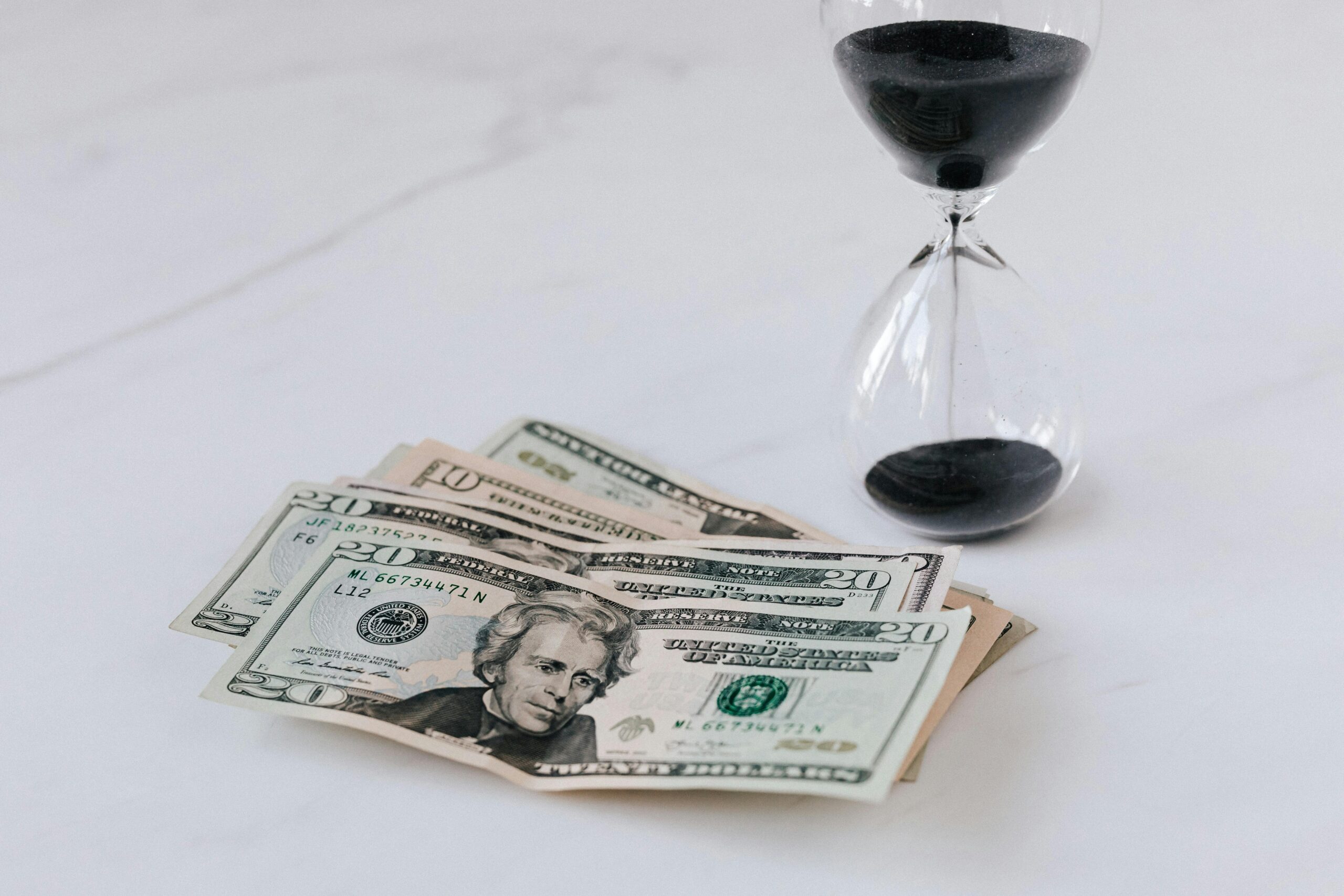Our brains take shortcuts every day, influencing decisions in ways we rarely notice. Understanding these mental patterns can transform how we think, choose, and ultimately live our lives.
🧠 What Exactly Is the Availability Heuristic?
The availability heuristic is a cognitive shortcut where our brains rely on immediate examples that come to mind when evaluating a topic, concept, method, or decision. Psychologists Daniel Kahneman and Amos Tversky first identified this mental phenomenon in the 1970s, revealing how our minds prioritize readily available information over statistical reality.
When you judge the likelihood of an event based on how easily you can recall similar instances, you’re using the availability heuristic. For example, after hearing news about airplane accidents, many people become anxious about flying, even though statistically, driving remains far more dangerous. The vivid, emotional coverage of plane crashes makes them more mentally available, distorting our perception of actual risk.
This mental shortcut served our ancestors well in environments where immediate, memorable threats genuinely indicated danger. However, in our modern information-saturated world, this same mechanism can lead us astray, causing systematic errors in judgment and decision-making.
Why Your Brain Loves Taking Shortcuts
Our brains process approximately 35,000 decisions daily, from trivial choices like what to eat for breakfast to significant ones affecting our careers and relationships. To manage this overwhelming cognitive load, our minds have evolved to use heuristics—mental shortcuts that reduce complex problem-solving to simpler judgmental operations.
The availability heuristic specifically helps us make rapid assessments without exhaustively analyzing every piece of relevant data. Instead of calculating precise probabilities, we substitute a simpler question: “How easily can I think of examples?” This substitution happens automatically, beneath conscious awareness, making it both powerful and potentially problematic.
From an evolutionary perspective, this shortcut made perfect sense. If your ancestor could easily recall instances of someone being attacked near a particular water source, avoiding that location was smart survival strategy. The ease of recall genuinely correlated with actual frequency and danger in small, consistent environments.
🎯 How Availability Bias Shapes Your Daily Decisions
The availability heuristic influences far more of your choices than you might suspect. Consider these everyday scenarios where this mental shortcut operates behind the scenes:
- Consumer purchases: You buy a product brand because you recently saw an advertisement, making it more mentally available than equally good alternatives.
- Career choices: You pursue a profession because you know several successful people in that field, overestimating typical outcomes.
- Health decisions: You worry excessively about rare diseases featured in media while neglecting common health risks.
- Investment strategies: You invest in stocks that have recently performed well or received media attention, ignoring broader market data.
- Relationship judgments: You evaluate your partner based on recent interactions rather than overall patterns.
Media consumption particularly amplifies availability bias. News outlets naturally focus on dramatic, unusual events—terrorism, kidnappings, lottery winners, and celebrity scandals. These vivid stories become mentally sticky, creating distorted perceptions of how common such events actually are. Consequently, many people fear statistically unlikely threats while ignoring genuine everyday risks like poor diet, insufficient exercise, or distracted driving.
The Memory Factor: Why Some Things Stick More Than Others
Not all information enjoys equal availability in our minds. Several factors determine what becomes easily retrievable from memory, thereby influencing our judgments and decisions.
Recency and Frequency
Recent events naturally dominate our mental landscape. Something that happened yesterday feels more relevant and likely to recur than something from years ago. Similarly, frequently encountered information becomes more available. If you repeatedly hear about housing market crashes, you’ll likely overestimate the probability of another crash occurring soon.
Vividness and Emotional Impact
Emotionally charged or dramatic information creates stronger memory traces. A graphic news story about a shark attack leaves a more lasting impression than dry statistics about beach safety. This explains why people often fear spectacular but rare dangers while underestimating mundane but common risks like household accidents or cardiovascular disease.
Personal Experience
Direct personal experiences carry disproportionate weight in memory. If you or someone close to you experienced a particular event, that instance becomes highly available when making related judgments. Someone who survived a burglary will likely overestimate crime rates in their neighborhood compared to statistical reality.
⚖️ The Double-Edged Sword: Benefits and Pitfalls
Like most cognitive shortcuts, the availability heuristic offers both advantages and disadvantages. Understanding both sides helps you harness its power while avoiding its traps.
When Availability Serves You Well
The availability heuristic enables rapid decision-making in situations requiring quick judgment. When facing time pressure or limited information, relying on easily recalled examples often produces reasonably good outcomes. In stable environments where memorable events genuinely reflect typical patterns, this shortcut performs admirably.
The heuristic also helps us learn from experience efficiently. When we easily recall negative outcomes from past decisions, we naturally avoid similar choices in the future. This learning mechanism, though imperfect, generally steers us toward better options over time.
When Availability Leads You Astray
Problems arise when availability doesn’t correlate with actual frequency or probability. In our media-saturated environment, the most available information often represents the most unusual, dramatic, or recently publicized events rather than typical occurrences.
This creates systematic biases in multiple domains:
- Risk assessment: Overestimating dramatic risks while underestimating common dangers
- Probability judgments: Believing rare events are more likely than they actually are
- Forecasting: Expecting recent trends to continue indefinitely
- Attribution: Overemphasizing causes that are memorable rather than those that are statistically significant
🔍 Recognizing Availability Bias in Real-Time
The first step toward better decision-making is developing awareness when availability bias might be influencing your thinking. Several warning signs can alert you to this possibility.
Notice when your judgments rely heavily on recent news, dramatic stories, or personal anecdotes. If you find yourself thinking “I just heard about…” or “I know someone who…” when making decisions, availability bias may be at work. These phrases signal you’re substituting ease of recall for systematic analysis.
Pay attention to emotional reactions during decision-making. Strong feelings—whether fear, excitement, anger, or disgust—often accompany highly available information. While emotions provide valuable data, they can also distort probability assessments when attached to memorable but unrepresentative examples.
Question whether your information sources might create skewed availability. If you consume news primarily from sources emphasizing dramatic stories, your mental database of available examples will naturally skew toward the unusual rather than the typical.
Strategic Thinking: Turning Awareness Into Better Decisions
Once you recognize when availability bias might influence your thinking, you can implement strategies to counteract its distorting effects and make more accurate judgments.
Seek Statistical Base Rates
Before finalizing important decisions, deliberately search for statistical information about frequencies and probabilities. Rather than relying solely on what comes to mind easily, investigate actual data. How common is the outcome you’re worried about? What do large-scale studies reveal about typical results?
This doesn’t mean dismissing your intuitions entirely, but rather balancing them with objective information. The combination of intuitive availability and statistical grounding produces more accurate judgments than either alone.
Consider Alternative Examples
Actively generate counterexamples to whatever comes most readily to mind. If you’re avoiding a particular decision because you recall a negative outcome, deliberately search your memory for instances where things went well. This mental exercise reduces the disproportionate weight given to highly available examples.
Delay Important Decisions When Possible
Availability bias operates most powerfully immediately after encountering vivid information. If you’ve just watched a scary news report or heard a dramatic story, postpone major decisions until the heightened availability diminishes. Time creates psychological distance, allowing for more balanced judgment.
💡 Practical Applications Across Life Domains
Understanding availability heuristic becomes most valuable when applied to specific contexts where better decisions materially improve outcomes.
Financial Decision-Making
Investment decisions particularly suffer from availability bias. Investors pour money into recently successful stocks, sectors, or strategies while avoiding areas that recently underperformed—a pattern opposite to the classic wisdom of buying low and selling high. Media coverage amplifies this tendency by focusing on recent winners and losers.
Combat this by establishing predetermined investment criteria based on long-term data rather than recent performance. Automated investing strategies and diversified portfolios reduce opportunities for availability-driven decisions to derail your financial plans.
Career and Professional Choices
Career decisions often rely heavily on available examples—the successful entrepreneur you read about, the unhappy lawyer you know personally, or the recent graduate who landed a dream job. While these examples provide valuable information, they may not represent typical outcomes in those fields.
Research broader career statistics, including median salaries, typical career trajectories, job satisfaction surveys, and employment trends. Balance the vivid individual stories with representative data about what most people in various professions actually experience.
Health and Wellness Decisions
Health anxiety often stems from availability bias—worrying about dramatic diseases featured in media while neglecting common health risks. The opposite problem also occurs when people underestimate health threats because they don’t personally know anyone affected.
Consult evidence-based medical information and statistics about actual risk factors for various conditions. Understand that both your fears and your complacency might reflect availability rather than reality.
🌟 Teaching Others to Think More Clearly
Once you understand availability heuristic, you can help others recognize its influence on their thinking. This proves particularly valuable in professional settings, family decisions, or any collaborative decision-making context.
When someone makes a claim about frequency or probability, gently ask what their judgment is based on. Phrases like “What data supports that?” or “How common is that actually?” encourage people to move beyond readily available examples toward more systematic thinking.
Share your own process of checking availability bias. When you catch yourself relying too heavily on recent or vivid examples, mention it explicitly. Modeling this metacognitive awareness encourages others to develop similar habits.
Building Mental Systems That Correct for Bias
The most effective approach to managing availability bias involves creating decision-making systems that automatically compensate for cognitive shortcuts rather than relying solely on vigilance in individual situations.
Develop decision checklists for important recurring choices. Include specific prompts that counteract availability bias, such as “What do statistics say?” or “Am I overweighting recent information?” These structured approaches reduce reliance on whatever happens to be mentally available at decision time.
Establish information consumption habits that provide more representative data. Seek out sources that emphasize base rates, statistical trends, and typical outcomes rather than exclusively dramatic stories. Balanced information input creates more balanced availability in memory.
Create cooling-off periods for significant decisions. When contemplating major purchases, career changes, or other important choices, impose mandatory waiting periods. This prevents decisions driven by temporarily heightened availability from recent exposure to persuasive information.
🚀 Your Action Plan for Clearer Thinking
Transforming awareness into consistent practice requires deliberate action. Consider implementing these specific steps to harness availability heuristic for better decision-making:
- Identify three recent decisions you made and analyze what information was most available when you decided
- Create a decision journal documenting what felt most salient at decision time versus what seems important in retrospect
- Before your next major decision, explicitly list available examples that come to mind, then research statistical base rates
- Establish a personal rule to wait 24-48 hours before finalizing important choices after encountering vivid information
- Diversify your information sources to reduce skewed availability from limited perspectives
- Practice generating counterexamples when you notice yourself relying heavily on one or two memorable instances

The Path Forward: Thinking Beyond Mental Shortcuts
Understanding availability heuristic doesn’t mean eliminating mental shortcuts entirely—an impossible and undesirable goal. Our cognitive architecture necessarily relies on heuristics to function efficiently. The objective is developing meta-awareness about when these shortcuts serve us well and when they lead us astray.
By recognizing how easily recalled information shapes your judgments, you create space for more deliberate thinking when it matters most. You don’t need to second-guess every decision, but major choices deserve the investment of moving beyond what’s merely available to consider what’s actually probable and important.
The most successful decision-makers aren’t those who avoid mental shortcuts entirely, but rather those who understand their cognitive tendencies and implement systems that compensate for predictable biases. They balance intuition with analysis, immediate recall with statistical grounding, and vivid examples with representative data.
This balanced approach respects both the efficiency of heuristic thinking and the importance of accuracy for significant decisions. It acknowledges that while we can’t fundamentally rewire our cognitive architecture, we can design environments, habits, and decision processes that nudge us toward better choices despite our mental limitations.
Your mind remains your most powerful tool for navigating life’s complexities. By understanding how availability heuristic operates—both its benefits and its blind spots—you unlock new capacities for clear thinking, accurate judgment, and ultimately, better decisions that align with your true goals and values. The journey toward cognitive clarity begins with simple awareness and continues through consistent practice of recognizing when your most available thoughts might not represent your most accurate ones.
Toni Santos is a behavioural economics researcher and decision-science writer exploring how cognitive bias, emotion and data converge to shape our choices and markets. Through his studies on consumer psychology, data-driven marketing and financial behaviour analytics, Toni examines the hidden architecture of how we decide, trust, and act. Passionate about human behaviour, quantitative insight and strategic thinking, Toni focuses on how behavioural patterns emerge in individuals, organisations and economies. His work highlights the interface between psychology, data-science and market design — guiding readers toward more conscious, informed decisions in a complex world. Blending behavioural economics, psychology and analytical strategy, Toni writes about the dynamics of choice and consequence — helping readers understand the systems beneath their decisions and the behaviour behind the numbers. His work is a tribute to: The predictable power of cognitive bias in human decision-making The evolving relationship between data, design and market behaviour The vision of decision science as a tool for insight, agency and transformation Whether you are a marketer, strategist or curious thinker, Toni Santos invites you to explore the behavioural dimension of choice — one insight, one bias, one choice at a time.




